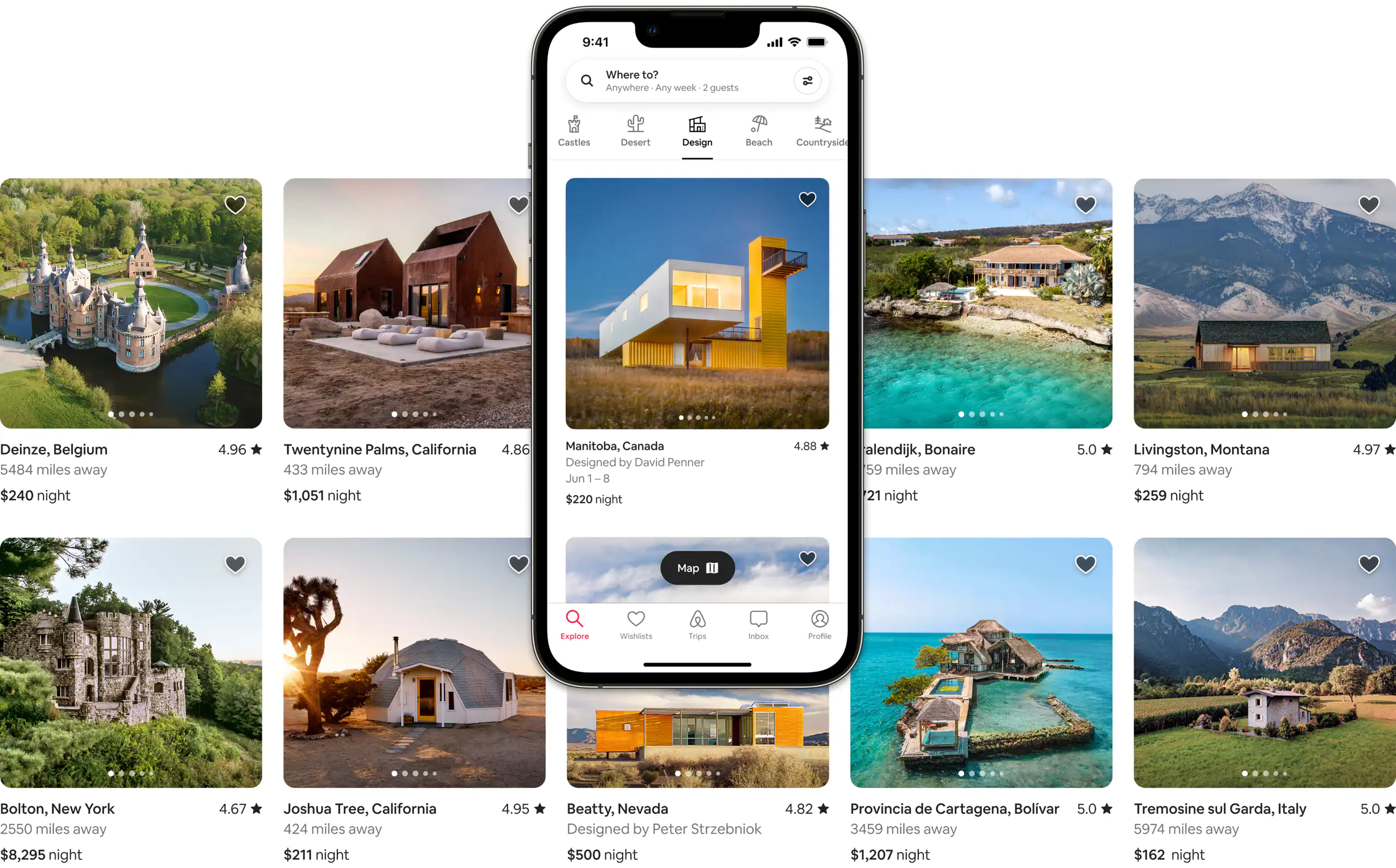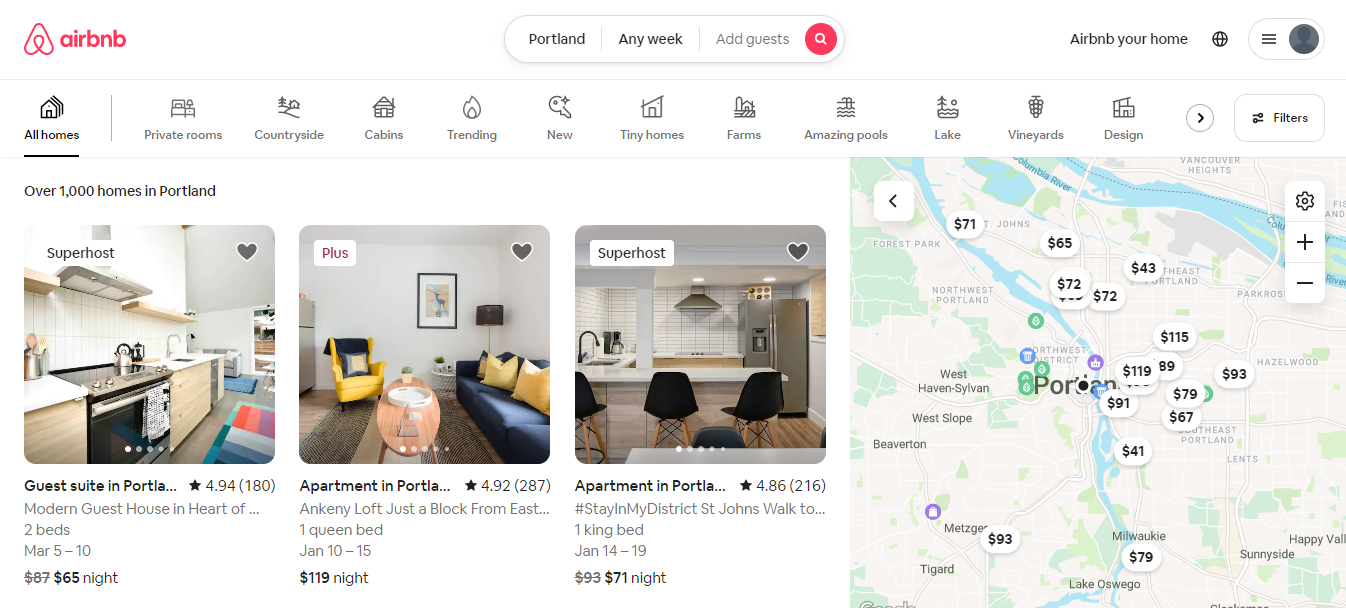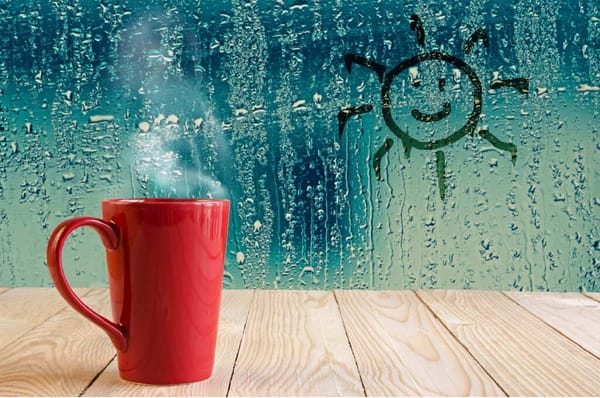How to Leverage Airbnb Categories for Success

In 2022, Airbnb first announced an exciting change: Airbnb categories. These categories became available on both the website and the Airbnb app and they allows guests easily explore unique properties that they may not have found otherwise. Some of these categories focus on properties like tiny homes, while others like historical homes or the design category highlight more creative spaces geared toward aesthetics.
In 2024, Airbnb’s Summer Release introduced a new option in Airbnb categories: Icons.
What does it mean for property managers and hosts? And how may your listing be appropriately categorized? What additional features are available in search now that there are new categories for Airbnb?

What Are Airbnb Categories?
Airbnb Categories “enable visitors effortlessly explore the world of Airbnb—and find locations they wouldn’t have known to search for.” According to Airbnb CEO Brian Chesky, categories represent the most significant change for Airbnb hosts in almost a decade.
It encourages visitors to find some amazing places to stay off the beaten path by presenting them with distinctive accommodation options that were grouped together into distinct “categories.”
The Design Category, which includes some of the most gorgeous houses on Airbnb, is now the default setting on the new Airbnb home page. A more individualized experience is provided to site visitors on the home page, also known as the Airbnb Category-only landing page.
How Do They Work?
In more than 100,000 communities spread across 220 countries, Airbnb Hosts provide the widest selection of distinctive homes in the world, ranging from treehouses to small homes.
They use machine learning to evaluate Airbnb listings by looking at the titles, written descriptions, customer reviews, photo captions, and other information. The curation staff reviews listings and hand-selects featured images. The final evaluation for consistency and photo quality is then conducted for each category.
The listed categories are dynamic and change depending on the location to present relevant features. In the example below, the search results for Portland, OR have Countryside and Cabins listed sooner in the guests’ search because those are more relevant features pertaining to that specific destination.

Overall, these Airbnb categories make it easier for guests to discover places that are truly unique and inspire travelers to get out there and dip into all the categories.
One issue that came up for hosts is the possibility that visitors with less of a vacationing budget would be turned off by the home page showing some of the most exquisitely decorated, yet most pricey properties. For instance, a residence developed by Ken Kellogg and John Vugrin and located in Joshua Tree, California, US, is marketed at $17,632 per night in May.
The Advantages of This Feature
There are tens of thousands of extremely distinctive, premium properties on Airbnb, many of which have won honors for architecture and design or have been highlighted in books or films about travel. However, since they are in a small town or because the search algorithm does not rank them highly enough for reservations, these listings might occasionally be difficult to find.
These unusual listings are fantastic for inspiration and for guiding guests to hidden destinations where they may wind up reserving a stay influenced by the category, even if they might not always be as bookable as others due to lower availability or greater price.
Despite the fact that some hosts have complained that their listing names have changed and they no longer appear in the same searches, this modification has allowed vacation homes that weren’t previously featured to show up in more searches.
Category Breakdown
Airbnb chose to categorize special listings into clusters of houses based on what makes them distinctive in order to highlight them. Each category revolves around a specific theme.
- A notable location or a point of interest (POI) is categorized under headings like Coastal, Lake, National Parks, Countryside, Tropical, Arctic, Desert, Islands, etc.
- Activities-specific categories include those for Skiing, Surfing, Golfing, Camping, Wine tasting, Scuba, etc.
- Home-related categories, such as those for Barns, Castles, Windmills, Houseboats, Cabins, Caves, Historical, etc.
- Such categories as Amazing Pools, Chef’s Kitchen, Grand Pianos, Creative Spaces, etc. are centered around a particular home amenity.
The Full List of Categories
Categories on Airbnb are designed to guide guests to more unique properties.
Millions of distinctive homes are available worldwide from Airbnb hosts. With over 50 categories of homes selected for their style, location, or surrounding activities, Airbnb Categories organizes them into carefully curated collections.
They consist of:
- A-frames
- Amazing pools
- Amazing views
- Arctic
- Barns
- Beach
- Beachfront
- Bed & breakfasts
- Boats
- Cabins
- Campers
- Camping
- Casas particulares
- Castles
- Caves
- Chef’s kitchens
- Containers
- Countryside
- Creative spaces
- Cycladic homes
- Dammusos
- Desert
- Design
- Domes
- Earth homes
- Farms
- Golfing
- Grand pianos
- Historical homes
- Houseboats
- Iconic cities
- Icons
- Islands
- Kezhans
- Lake
- Lakefront
- Luxe
- Mansions
- Minsus
- National parks
- Off-the-grid
- OMG!
- Riads
- Ryokans
- Shared homes
- Shepherd’s huts
- Ski-in/out
- Skiing
- Surfing
- Tiny homes
- Towers
- Treehouses
- Tropical
- Trulli
- Vineyards
- Windmills
- Yurts

How to Get Properties Listed
At the debut, all of the listings in the categories seem to have high-quality photographs and detailed descriptions. The majority also seem to be seasoned listings, with several having hundreds of 5-star reviews.
Numerous non-Superhost listings may be found in categories, proving that you do not need to be one to have your listings placed in one.
According to Airbnb, they evaluate listings by analyzing data such as:
- Listing titles
- Written descriptions
- Guest reviews
- Photo captions
- And other information using machine learning.
So it’s crucial that the information in your listing details are correct and comprehensive.
By making sure you use the terms associated with that category, such as beach house, in the title and description of your property listing as well as amenities, and activities, and featuring the beach in some of the images you upload, you can try to influence the category or categories for which your home will be shown.
Since this is the primary criterion, concentrate in your descriptions on what makes your property unusual or unique and change your listing as necessary.
Work out the categories you want your property to be listed in and try to compose your listing properly. A property can be featured in more than one category.
Additionally, keep in mind that guest reviews from previous visitors are taken into consideration when deciding whether or not to display your rental, so strive to highlight the qualities you want them to highlight in their reviews.
How the Curation Process Works
There are various tasks involved in the manual review of candidates according to Mihajlo Grbovic who is involved with machine learning at Airbnb. If presented with a listing contender for one or more categories, an agent would:
- By comparing it to the category definition, accept or reject the category(s) that were allocated to the listing.
- Choose the image that best embodies the category. It is occasionally appropriate to choose a separate image to serve as the cover image for various categories because listings can belong to multiple categories.
- Identify the chosen photo’s quality level. Four quality tiers were specifically established: Most Inspiring, High Quality, Acceptable Quality, and Low Quality. To create a “wow” effect with potential visitors, we use this data to place the listings with the highest quality near the top of the results.
- Some of the categories rely on Places of Interest (POI) data signals, like the locations of lakes or national parks, thus the reviewers may add a POI that isn’t already in our database.
How to Control the Categories Your Property Fits Into
The criteria for each category really depend on the keywords you use. In order to be considered for the “Tiny homes” category, it is advantageous if the words “tiny home” are mentioned in the title and description.
If a computer can tell from looking at the photos that the property resembles one, and if guests have made reference to the fact that the property is a tiny home in their reviews. In this case, you might have content, photographs, and guest feedback.
The title of your listing may still be used by Airbnb’s smart learning model to determine which category or categories your listing belongs to, even though Airbnb may no longer actually display it.

Conclusion
The addition of these Airbnb categories may not be a major change, more than anything this feature reaffirms the importance of a really well-crafted listing to get your property seen.
However, it’s hard to get the creative juices flowing when you have so much to keep in mind as either a host or a property manager. That’s where vacation rental management software like iGMS comes in handy. Change the way you handle daily hosting tasks. Streamline, automate, and scale with iGMS today.







![Your Monthly iGMS Roundup [February 2020]](/content/images/size/w600/wordpress/2020/02/igms-roundup-feb-2020-cover.png)

